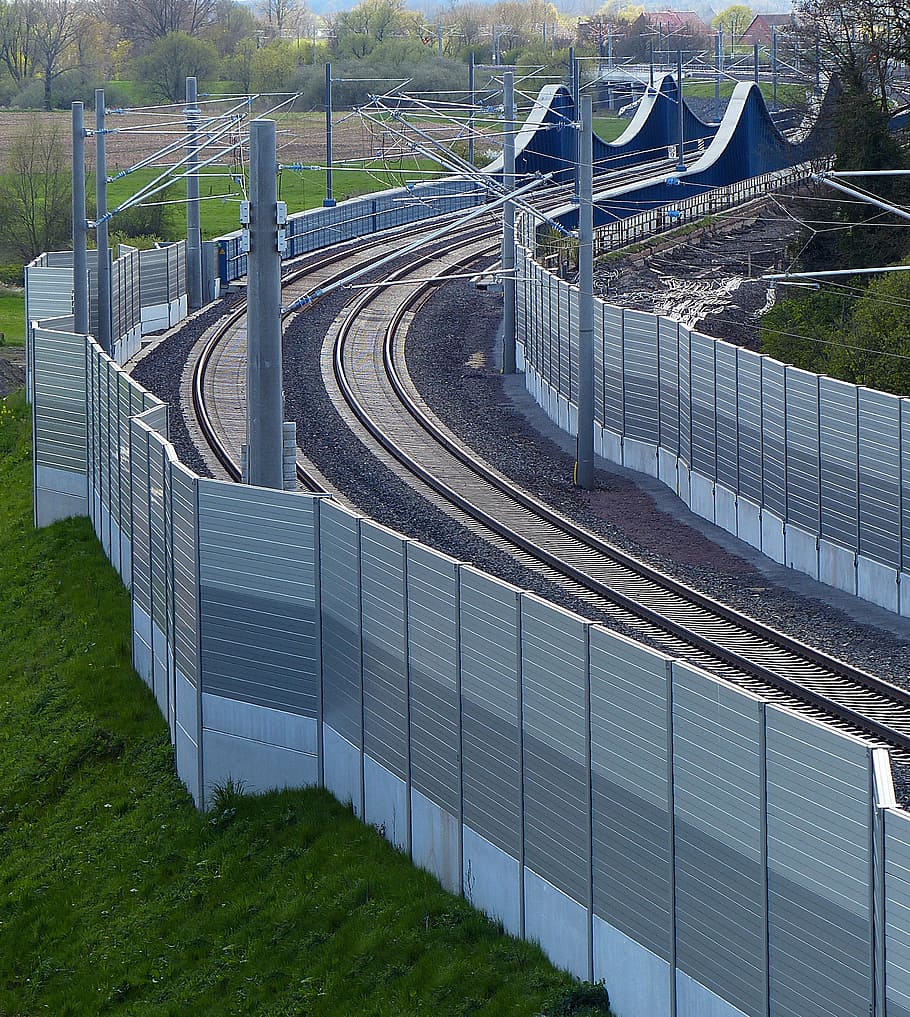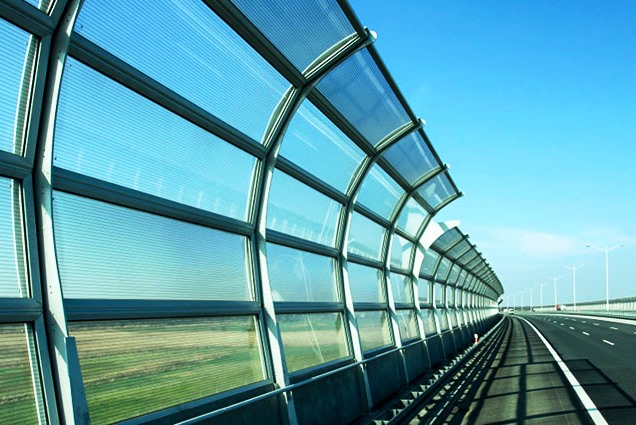Noise is the scourge of modern cities. It is difficult to find a place with absolute silence, unless, of course, we are talking about a deep forest or some other hard-to-reach place. Constant exposure to loud sounds interferes with concentration, does not allow rest, and reduces the overall quality of life.
We are ready to put up with them in shopping centers, at noisy intersections of the city, roads and train stations. However, at home, be it an apartment, a summer residence, or a country house, a person wants peace and quiet.
In addition, there are sanitary standards for living quarters, medical or educational institutions.
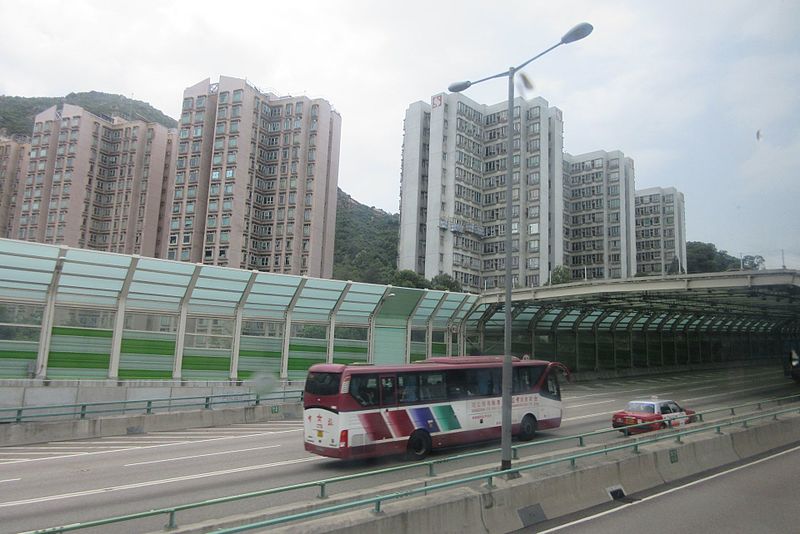
The permissible noise level, according to the standards, ranges from 40 dB for residential premises, educational institutions, conference rooms or libraries, to 55-60 dB for office premises. Hospitals and sanatoriums are subject to even more stringent sound pressure requirements, both indoors and out. These are values of 30 dB and 35 dB, respectively.
Noise metrics can change over time. Let's say the building was built 20 years ago, but the road near it was widened, the distance to it decreased, and when expanding, trees were cut down, which served as a natural barrier. And the sounds, which you did not pay attention to before, now cause discomfort, especially during rush hours, when the congestion of the highway increases due to the heavy traffic of vehicles to and from work.
Or, additional trains were launched along the railway line near the building, the number of which increased by 3-4 times.
Is it possible to somehow reduce the noise level, if you already had to live near a busy road, or next to railway tracks? Of course, you can.
Content
Basic methods of dealing with increased noise levels:
- Sound insulation of premises. (The use of soundproof materials inside or outside the building, installation of double-glazed windows, etc.)
- Installation of sound-absorbing screens. These are structures that protect the territory immediately over a large area. At the same time, the level of noise impact is reduced not only inside the premises, but also in the adjacent territory. In addition to noise protection, screens perform another important function - protection from dust or dirt. Any motorway or railway brings with it particles of dust, dirt, small debris, which will inevitably get into the territory if it is not protected.
Where the use of noise canceling structures is appropriate
Along highways with heavy traffic. On bridges and overpasses in the residential area. Along the railroad tracks. Within the city limits to protect parks, hospitals and sanatoriums. The use of acoustic barriers is also justified near large sports facilities located near residential buildings.
Many private home owners also use noise-absorbing fences on their property.
However, it should be understood that their use is not appropriate everywhere.Fences visually close the space and cause psychological discomfort in the area of dense residential development, in addition, it is very difficult to calculate the parameters of the structure so that it works effectively.
How the screen reduces noise
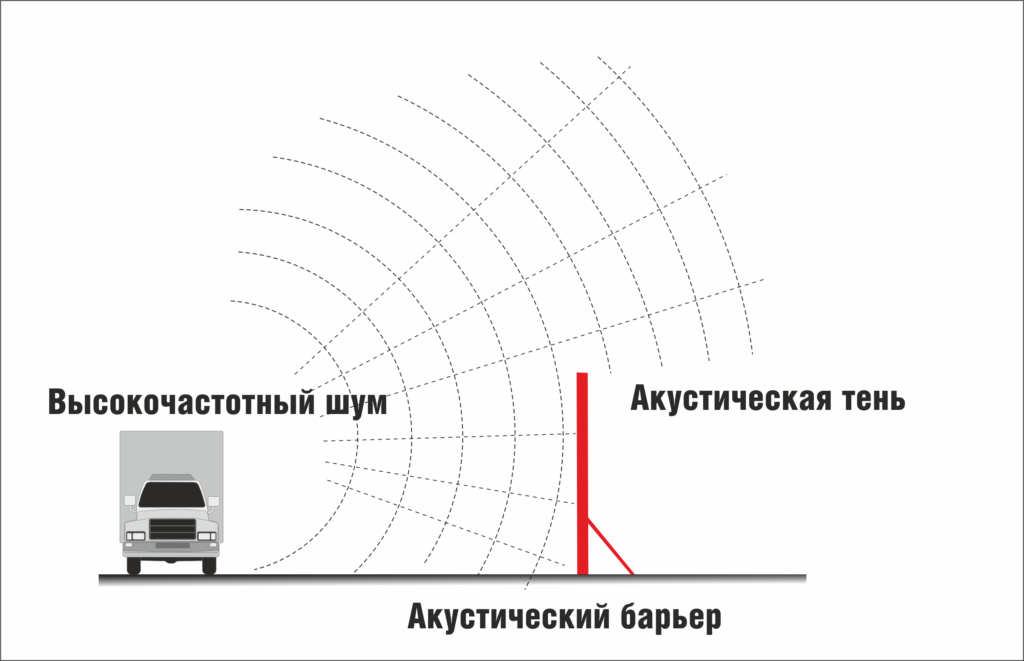
Sound waves from a noise source travel in a straight line, gradually damping.
If an obstacle is placed in the path of the wave, it, depending on its structure, will weaken, reflect, or absorb the sound. This is how the screens work.
Before installing such a structure, you will need the help of specialists in order to correctly calculate the parameters of the future product.
It is necessary to measure the noise level. It is better to do this in several steps in order to determine in what period of time the maximum value is reached, and already being guided by this parameter, choose the design and materials. Ideally, this should be a different time of day and different days, for example, on weekends, depending on the location, traffic that creates an increased noise level can both increase and decrease. Measurements can help you identify patterns and establish minimum and peak sound exposure values.
What are the noise screens
By way of protection
Noise reflective
Structures made of rigid materials that reflect the sound wave back. A so-called acoustic shadow space is created behind the acoustic barrier, where the noise level is reduced. Its area depends on the height of the fence. The higher the fence, the greater the acoustic shadow. Manufacturers offer structures with heights from three to 9 meters. Of course, the higher the fence, the greater the wind load it will be subjected to, therefore, the base and supports must be powerful to ensure the reliability of the product. With an increase in height, the price of the product changes proportionally, and therefore it is important to carry out preliminary calculations to substantiate the parameters of the future acoustic barrier.
Materials for this type of product are cellular polycarbonate, metal sheet, acrylic sheets, aluminum panels, and their combinations.
For the price, these are the most democratic options, due to inexpensive materials and simplicity of design.
We remember that sound reflective screens will return sound reflected from the surface. Consequently, cars or trains passing on the road, if it is a railway, will experience increased sound pressure - the sound will be reflected back directly into them. This leads to high fatigue on a long journey and brings discomfort.
However, reflection can be avoided by simply bending the profile of the barrier so that the sound is directed upward or at an angle to the road surface where it dissipates more quickly. You can make the profile convex or concave, set it at an angle, place a visor on top of the main section.
Sound absorbing
Products from several layers, based on the sandwich panel principle. The upper part is made of perforated material, the middle part is made of expanded polystyrene foam or mineral wool, the back part is made of rigid material. Passing through the perforated front wall and entering the soft material, the energy of the sound pulse is extinguished. The part of the noise that has made its way through the foam is reflected from the rigid back wall and fades away in the middle. This reduces the overall noise level and avoids unwanted echoes.
Combined
The first two varieties are combined. The lower part is made of a solid sheet of metal. It is the lower part of the fence that is most susceptible to contamination and wear. Dirt and precipitation would inevitably clog the perforated panel, which, with pollution and exceeding the humidity threshold, reduces its properties, and at negative temperatures can easily deform.
Harvesting equipment is also a common cause of damage to the underside of road barriers.
Sound-absorbing panels with perforation are mounted above the continuous covering.Transparent panels, made of polycarbonate or acrylic, are installed above them. Additionally, a visor is installed at an angle from above.
In addition to the obvious advantages, noise-absorbing fences also have disadvantages.
This is a deterioration in the vision of drivers, division of space. Vehicles leaving the adjacent area or secondary roads may incorrectly assess road conditions due to obstructed visibility.
When using opaque panels, illumination worsens, therefore, at the design stage, it is imperative to simulate how the light will fall on the roadway at different times of the day, and compensate for its lack by installing additional lighting. This ultimately leads to an increase in the cost of the project, because manufacturers often resort to installing transparent screens in places where visibility and good lighting are important.
By light transmission
Transparent
They are made of acrylic or polycarbonate with a thickness of at least 20 mm. According to their properties, they are sound-reflective. Popular with consumers due to their low cost and ease of installation. Glass panels stand apart here, but due to their high cost, they are rather exotic, and therefore are rarely used, and mainly for the improvement of private houses.
Transparent panels have one major drawback. Products of a straight shape with a large distance between the supports cause the death of birds. Not noticing obstacles, they often crash against an invisible obstacle.
Tinted
They are made of acrylic or colored polycarbonate, while toning can be done either with a special film, or the pigment is introduced directly at the factory during production.
With transparent inserts
They belong to the category of combined ones, where blind sections are combined with inserts made of light-transmitting material. Such inserts are made to improve the visibility of drivers, save on lighting and to reduce the discomfort of drivers and passengers (long driving in an enclosed space formed by the walls of the panels causes an uncomfortable state for many, in addition, fatigue while driving a vehicle increases).
Installation of noise barriers
After you have decided what type of screen you need, you need to decide on the mounting method. Any acoustic barrier consists of three main parts: foundation, supports, and panels.
The type of foundation depends on the weight of the selected product. It can be a self-leveling foundation with embedded for fastening supports, or a threaded foundation, popular due to quick installation, where a hole is made for each of the supports, in which an anchor-type fastener is installed, to which the support is then attached.
It is allowed to fix the supports to existing road structures, for example, a road fence, provided that it can withstand the additional load from the weight of the supports and panels and the wind load.
The distance between the supports should not exceed five meters.
Before installation, all openings, access to secondary roads, wickets and gates, exits, etc. should be taken into account.
After the foundation is installed, the supports are mounted. At this stage, it is important to strictly observe the distance between them, where the panels will subsequently be installed. Deviation vertically or horizontally will create gaps or distort the overall geometry of the fence.
When the supports are mounted, panels are inserted into them (depending on the project, these can be sandwich panels, polycarbonate sheets or translucent acrylic structures).
The work is completed by installing plugs at the top of the fence.
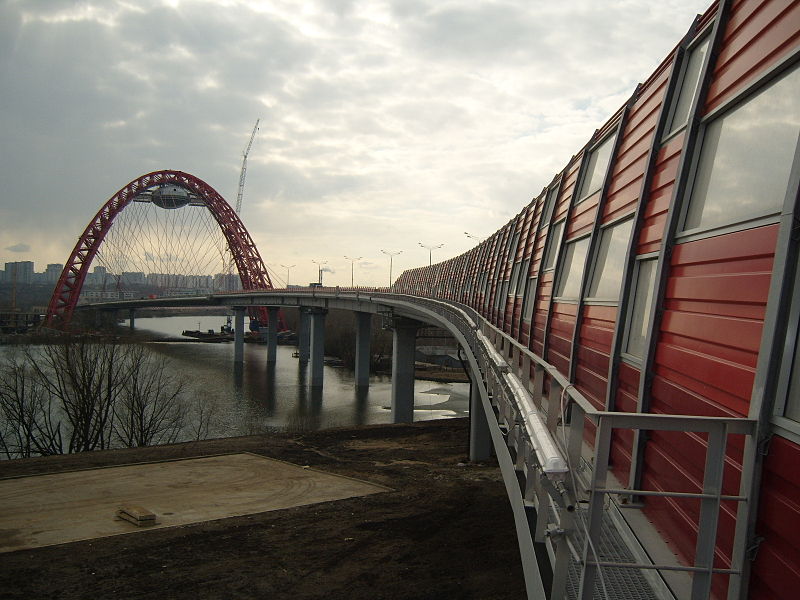
The best noise bar manufacturers for 2020
Prices for products are provided upon request after consultation with the specialists of the companies.
Open Construction Service
Russian manufacturer of sound-absorbing fences and screens. The company offers a wide range of products, from simple fences for summer cottages to sandwich structures used on highways.
The company manufactures supports independently, calculating their characteristics individually for each project.
The supports and the lower part of the fences are subject to mandatory anti-corrosion treatment, which increases resistance to adverse weather and anthropogenic conditions.
The company's specialists provide services for the preparation of the project, geodetic surveying, and installation of a sound shield.
Advantages:
- Wide range of products;
- Full project support;
- Installation warranty.
Disadvantages:
- Not identified.
Stalkon
Manufactures all types of noise protection products:
- Perforated;
- Shockproof;
- Translucent;
- Combined.
All surfaces undergo a proprietary anti-corrosion treatment.
The company purchases unpainted galvanized sheets. Material perforation and further processing are performed on our own equipment. After painting, the material undergoes heat treatment.
Non-combustible mineral wool is used as a filler for sandwich panels.
The company offers straight supports.
Advantages:
- High corrosion resistance;
- Installation warranty;
- Full cycle of work, from calculation to installation.
Disadvantages:
- Lack of curved supports in the range.
Vector Engineering
The company that uses UMP holding material in the production.
The range includes all types of screens, including temporary and panels for fencing engineering and refrigeration equipment.
The sound absorption index varies depending on the materials used and is maximum 40 dB with a panel thickness of 100-125 mm.
Inserts made of multilayer triplex are used as a translucent material for combined fences. Fully translucent structures are made of acrylic or triplex.
Support configurations straight or broken.
Panels and supports can be painted in any of the available colors at the request of the customer. Painting is done with powder paint, followed by heat treatment.
Advantages:
- A wide range of colors of products;
- Full cycle of work from calculation to installation.
Disadvantages:
- Maximum height 3 m.
Peak
A well-known manufacturer of acoustic barriers with its own production.
It offers consumers a wide range of products to protect against the harmful effects of increased noise:
- Sound reflective;
- Sound absorbing;
- Transparent;
- Combined.
In addition to the above types, the company offers temporary easily erected fences.
The company is distinguished by its vast experience in production and installation, in particular, it has the largest selection of foundations for acoustic barriers.
Advantages:
- Full cycle, from measurements to installation;
- Wide range of materials.
Disadvantages:
- High cost of products;
- Long production time.
Dorbarrier
The Russian company, the main activity of which is the production of metal structures in the field of road construction. All work on the manufacture of structures, including noise protection panels, is carried out at our own production complex. Employees of the enterprise carry out a full range of works, including making all the necessary measurements, selection of the most suitable type of noise shield, its production and installation.
The main types of noise protection structures produced by the company:
- Sound-reflecting panels, the material used for their production is acrylic glass, polycarbonate, corrugated board, sheet steel. The panel can be either transparent or opaque.
- Sound absorbing screens. The basis of the structure is sandwich panels consisting of several layers.
- Combined screens are a symbiosis of the two options described above, different materials can be used.
Advantages:
- There is a choice by the type of screen;
- Affordable prices;
- Panels are manufactured in accordance with GOST;
- An integrated approach to work: from measurements to installation.
Disadvantages:
- They work only within the Moscow region.
If you have experience in using sound-absorbing panels, write us about it in the comments.

